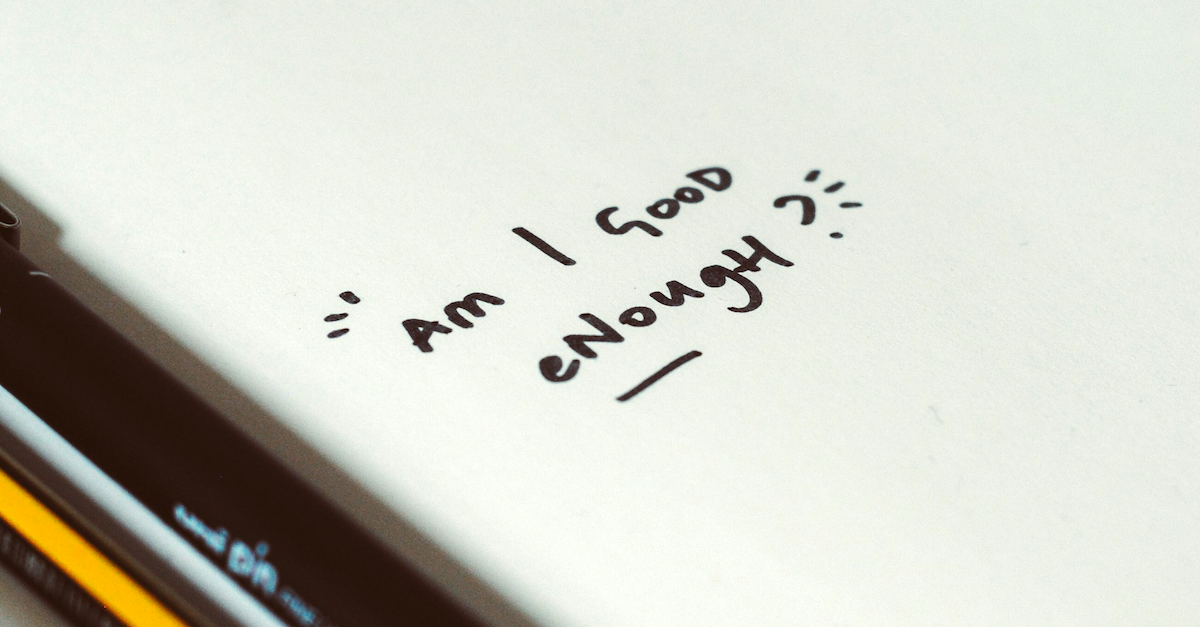Claiming Headspace for Your Writing Life: Lessons from Aikido
One writer who’s also a martial artist finds that success in either practice requires commitment and courage.


Today’s post is by writer and book coach Barbra A. Rodriguez.
A Chinese proverb that gets bandied about states that a journey of a thousand miles starts with a single step. Holding onto that concept can be important early on as an author.
By harnessing two principles used in the Japanese martial art of Aikido, you can flesh out that proverbial advice into an effective overall mindset to make space for your writing life, while shoring up self-confidence in your literary skills along the way. I’m among the practitioners of this self-defense art who prioritize the outlook these principles tap into, which comes from traditional Japanese ways of doing things.
Commitment and grace
One principle, called Take Musu Aiki (tah-kay moo-soo eye-kee), is partly about using martial arts practice to learn to “harmonize your energy” with situations (the aiki part). This sometimes involves stepping toward an opponent in a way that is risky, but gives you leverage for moving into the center of what’s happening. Doing so requires in-the-moment courage, reminiscent of that used by the samurai active in Japan for roughly a millennium. To stay alive during a medieval conflict, samurai had to quickly address each opponent. This made it important to aim well with the steel swords (katana) often favored in close combat, and have a whole-hearted commitment to each stroke.
As a developing writer, it’s just as important to have a committed attitude (called kokorogake in Japanese) and claim the time and resources you need to make progress on writing goals. It’s about being dedicated to something over time. Ultimately, committing to the craft—whenever and in whatever ways you can—is about developing the habit of the writing life you want. The bravery involved partly reflects acceptance of being a writer in progress, because finding what writing practices work well for you will likely take trial and error.
Giving yourself the grace to fit writing into life as you can do so also taps into another word, and the broader definition, of Take Musu Aiki. Beyond having a harmonized energy approach, the musu part is about “rebirth.” It’s about manifesting oneness with the particulars of the moment you are in. That is, realistically having a whole-hearted involvement includes making moment-by-moment adjustments to stay connected to current realities.
For a Japanese warrior on a 1500s battlefield with hundreds or thousands of others, this in-the-moment courage was about having the flexibility to adjust their movements and sword strokes to fit the moves of the specific opponent before them. One writer might tap into this flexible approach when letting go of writing plans on a morning to take a friend to a doctor’s appointment. For another developing author, going with the flow might involve saying no to an upcoming concert with their partner to finish a chapter, in exchange for a weekend trip a few months away.
True victory is self-victory
Aikido practitioners also call on the concept of Masa Katsu A Gatsu (mah-suh kaht-soo ah gaht-soo), or True Victory Is Self-Victory, to stay connected to the bigger picture during a situation. The principle is about finding a holistic perspective to addressing an attacker. The focus moves beyond the short-term goal of defeating the person attacking you. Instead, self-victory is found by mastering factors inside of you, like a fear of being injured, or a sense of self-importance, that get in the way of engaging as effectively as possible with an entire situation. It’s about tapping into the courage to connect your beliefs and actions.
For a writer following this practice, a key first step is to consider the core reasons why you want to write in the first place. Important external reasons might include building your professional reputation, making money, and/or leaving a tangible legacy for your loved ones. Dig a little deeper, and you might also find a core internal reason that can serve as a touchstone for writing forward on hard days. Chances are you’ll also find an internal reason connected to whatever external rewards turn out to be priorities.
Once you have this bigger picture touchstone in mind, you’ll be better able to address challenges, such as fears that arise about whether others will accept your honesty on the page, or getting rejection letters from agents. And you’ll more easily turn away from projects that don’t fit your newly defined purpose or belief system.
A single thing to follow
Finally, Yamamoto Tsunetomo, who took the tonsure in 1700 (went into the priesthood after his feudal lord’s death), told a young samurai that the best approach to development was finding a single thing to follow in each samurai he studied: “For example, one person for politeness, one for bravery … and one for readiness of mind.” Similarly, you can learn about approaches to writing time, mindset and more by studying several authors, and combining their varied approaches to craft and business. In my case, I’m a fan of Anne Lamott, both for her practical tips in Bird by Bird that include accepting “shitty first drafts,” and her broader wisdom. I love her take on making something sacred in Small Victories: Spotting Improbable Moments of Grace. To be in sacred relationship with something, Lamott shared, simply requires focusing your attention on it, and doing so with loving intention.
Viewing writing endeavors as a way to bring more sacredness into your life might help you as well. That approach ties into one translation of that Chinese proverb mentioned earlier from the Tao Te Ching, which is that “a thousand-mile journey begins where one stands.” Or, to paraphrase the founder of Aikido, Morihei Ueshiba, heaven begins right where you are standing.




























![Brand and SEO Sitting on a Tree: K-I-S-S-I-N-G [Mozcon 2025 Speaker Series]](https://moz.com/images/blog/banners/Mozcon2025_SpeakerBlogHeader_1180x400_LidiaInfante_London.png?auto=compress,format&fit=crop&dm=1749465874&s=56275e60eb1f4363767c42d318c4ef4a#)

![How To Launch, Grow, and Scale a Community That Supports Your Brand [MozCon 2025 Speaker Series]](https://moz.com/images/blog/banners/Mozcon2025_SpeakerBlogHeader_1180x400_Areej-abuali_London.png?auto=compress,format&fit=crop&dm=1747732165&s=beb7825c980a8c74f9a756ec91c8d68b#)





















![The 11 Best Landing Page Builder Software Tools [2025]](https://www.growthmarketingpro.com/wp-content/uploads/2024/04/best-landing-page-software-hero-image-1024x618.png?#)





































![Websites Using AI Content Grow 5% Faster [+ New Research Report]](https://ahrefs.com/blog/wp-content/uploads/2025/06/websites-using-ai-content-grow-5-by-ryan-law-data-studies.jpg)

![How to Create an SEO Forecast [Free Template Included] — Whiteboard Friday](https://moz.com/images/blog/banners/WBF-SEOForecasting-Blog_Header.png?auto=compress,format&fit=crop&dm=1694010279&s=318ed1d453ed4f230e8e4b50ecee5417#)
![How To Build AI Tools To Automate Your SEO Workflows [MozCon 2025 Speaker Series]](https://moz.com/images/blog/banners/Mozcon2025_SpeakerBlogHeader_1180x400_Andrew_London-1.png?auto=compress,format&fit=crop&dm=1749642474&s=7897686f91f4e22a1f5191ea07414026#)















![AI in content marketing: How creators and marketers are using AI to speed up & succeed [data]](https://www.hubspot.com/hubfs/Untitled%20design-Apr-07-2023-08-24-35-4586-PM.png)








![Brand pitch guide for creators [deck and email templates]](https://blog.hootsuite.com/wp-content/uploads/2022/06/brand-pitch-template.png)























